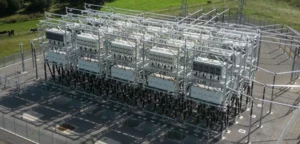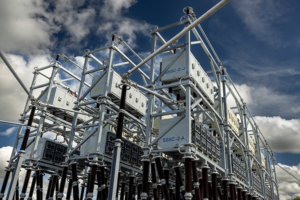
What is Advanced Power Flow Control?
February 7, 2024
Advanced power flow control, or APFC for short, has become part of grid discussions, articles and even new rules and policies in recent years..but what does it really mean? In this article, we’ll define APFC and share some examples of how utilities are using this technology to accelerate clean energy integration and solve their critical grid challenges.
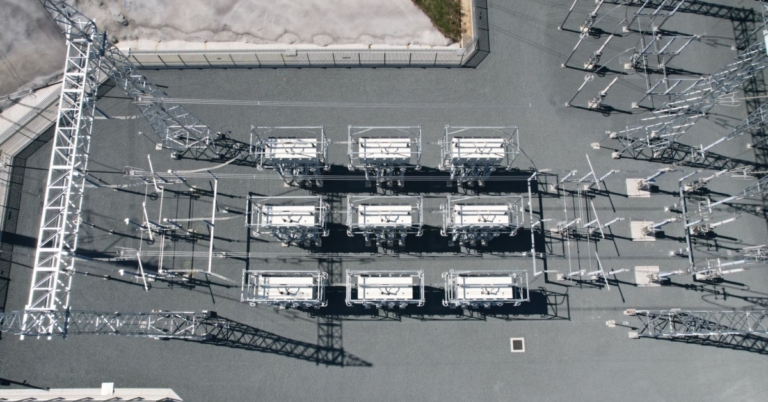
Advanced power flow control (APFC) refers to modular power electronics-based devices that can control power flows on transmission and distribution grids by changing the reactance of the line on which it is deployed. In addition to its core functionality of power flow control, APFC provides dynamic services such as improving voltage stability and transient stability.
In more technical terms, an APFC device is a modular Static Synchronous Series Compensators (m-SSSC) that injects a voltage in quadrature with the line current to synthesize a capacitive or inductive reactance, meaning it can increase or decrease power flows on a circuit. It employs Voltage-Sourced Converter (VSC) technology and its power electronics use Insulated-Gate Bipolar Transistors (IGBTs) that have been widely used for utility-scale VSCs, including STATCOMs and HVDC systems.
APFC also provides advanced control capabilities, allowing the operator to leverage a range of manual and automated control mode to control the injected voltage independently of the line current to vary the series reactance of the associated circuitdevices in real-time.
Distinct from legacy power flow control systems, such as Phase Shifting Transformers and Fixed Series Capacitors, APFC is designed to be a modular, voltage-agnostic system meaning that more APFC devices can be easily and quickly added to existing deployments over time or devices can be relocated to an alternate site if the network need changes.
As APFC deployments typically involve multiple APFC devices per electrical phase, there is no single point of failure as in the unlikely event that a device fails, it will be automatically bypassed and the rest of the devices will remain available for use.
How can it help operators?
This simplified graphic of an area of a transmission grid shows how APFC can be used to balance power flows and maximize use of the grid while a line is out-of-service for reconductoring. It depicts just one of many possible applications of APFC.
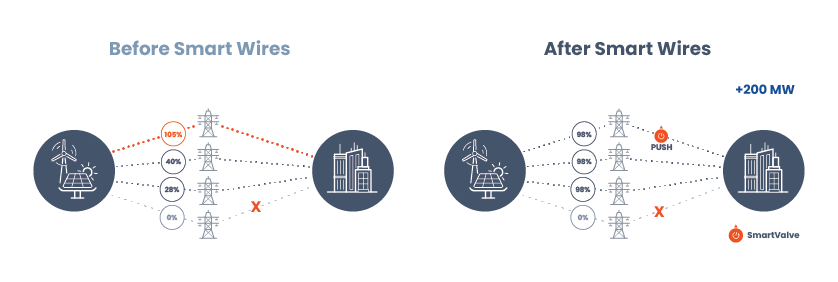
In scenario A, a transmission line is out-of-service for maintenance which is causing overloads on a parallel transmission line (108%). This overloaded line is acting as a bottleneck, limiting the capacity of the network and resulting in constraints on the output of the renewable energy generation site.
In scenario B, APFC devices deployed on the line that is forecast to become overloaded, can simply push power off the overloaded line and onto parallel lines that have spare capacity. Depending on the operators needs, the APFC devices can also be used in pull power onto underutilized lines. This balances power flows across the network and unlocks 200 MW capacity for greater output of the renewable energy generation site, reducing the need for alternate generation or demand response measures to reduce electricity demand.
Where is it used?
Smart Wires’ APFC device—SmartValve™—is deployed by many utilities around the world, including in Europe, the US, Latin America, and Australia, to unlock capacity and solve other grid issues. In fact, with the introduction of FERC Order 1920 and FERC Order 2023 in the US, utilities now have to include APFC in regional transmission planning and interconnection studies respectively. We’re sharing some examples of utilities who are using SmartValve in grid reinforcement projects in each of these regions below.
United States
In the US, Central Hudson are using APFC to increase transfer capacity to support the cost-efficient connection of renewables, as a more cost-efficient flexible solution that requires 25% less substation space than the alternative of a Fixed Series Capacitor.
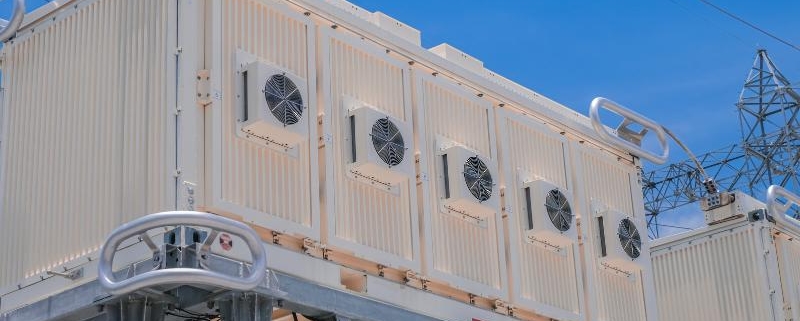
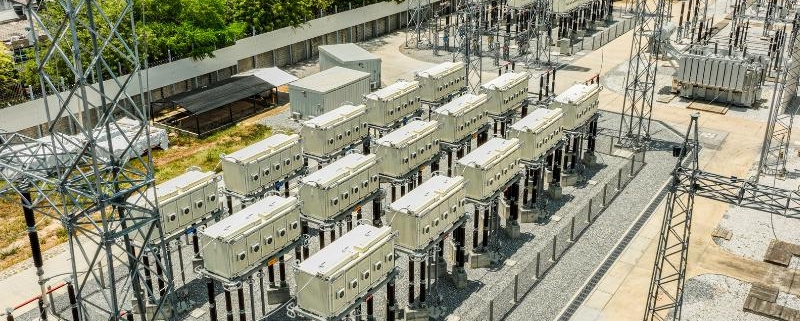
Colombia
In Colombia, ISA TRANSELCA are using APFC to solve grid congestion that was forecast to limit the reliable connection of clean energy in both the near-term and the long-term in the north of the country, providing a more cost-effective and faster to deliver solution than the alternative of reconductoring, constructing a new line, or curtailing new generation.
Australia
In Australia, Transgrid are using APFC to resolve thermal limitations on circuits between two states to allow more renewable energy to flow between states, providing $11 M higher market benefits with less uncertainty and avoiding reconductoring a line and constructing a new transformer in a national park.
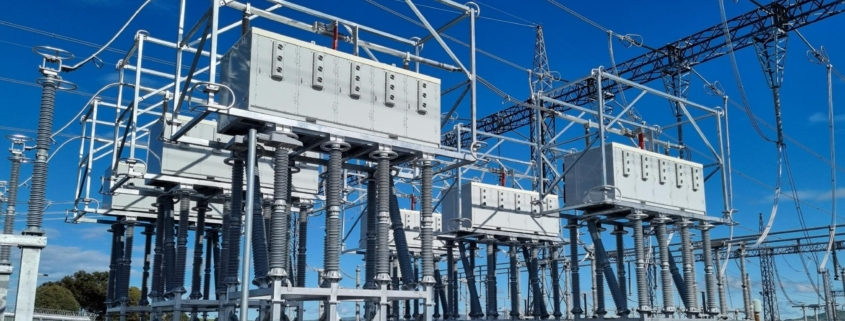
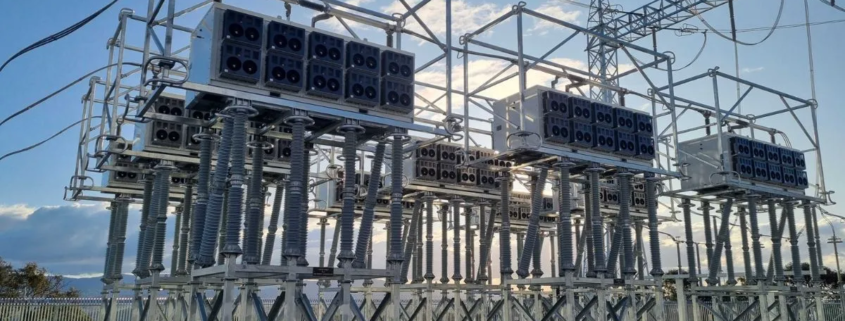
United Kingdom
In the UK, National Grid Electricity Transmission are using APFC to solve grid congestion across multiple boundaries in Northern England to accelerate the integration of new wind power, providing a more cost-efficient solution that can be quickly delivered to deliver huge savings in congestion costs compared to the alternatives of constructing a Phase Shifting Transformer (PST) and a new line.
For press related purposes, please contact us at marketing@smartwires.com.
Dive deeper into related content
Explore our products and services
Talk to our experts

